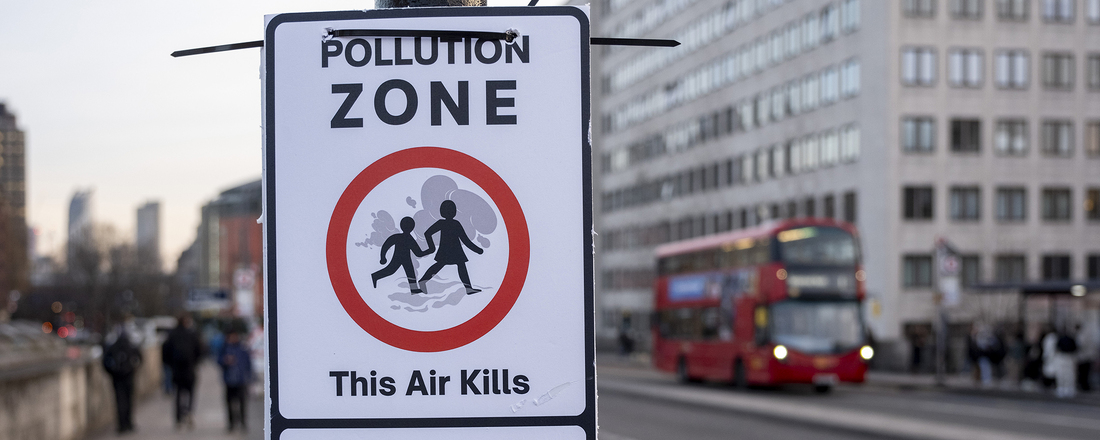Get updates from The Developer straight to your inbox Yes, please!
Spatial justice: How do we embed human rights into the fabric of cities?
Taking a human rights-based design approach is an attempt at finding a common language to understand spatial justice, writes Thomas Aquilina

Every street corner is inscribed with seen and unseen rights. Who holds these rights? What do they look like? And where do they manifest most powerfully? Between my roles in both practice and academia, I’ve been considering these questions and am trying to find the language that translates pedagogical theory into project delivery.
Asking the right questions, especially the most difficult ones, becomes essential for a project to deliver justice. Spatial justice can be approached through a specific understanding and foregrounding of rights. It isn’t just about recognising rights but embedding them into the fabric of projects at a range of scales.
Sometimes we need to remind ourselves of the most basic rights.
A right to feel safe: Safety in public space is another fundamental right, yet many women, girls and gender-diverse people still feel unsafe in their everyday environments. They are unfairly restricted in movement and limited in their participation in city streets.
A right to fresh air: This wasn’t afforded nine-year-old Ella Adoo-Kissi-Debrah living in Lewisham – the first person in the world to have air pollution listed as a cause of death. This landmark coroner ruling highlighted the racialised impact of London’s toxic air, with communities of colour disproportionately exposed to pollution.
A right to determine value: By engaging with the specific dynamics of the local, projects should reflect the values held - and projected - of a particular place. Communities should be enabled to self-determine their own future.
A right to living space: Against the context of the longstanding lack of available housing, loss of social rent accommodation and overcrowding, community infrastructures are required to fulfil domestic spaces
A right to living space: Against the context of the longstanding lack of available housing, loss of social rent accommodation and overcrowding, community infrastructures are required to fulfil domestic spaces. The Walworth Living Room in Southwark, opened in 2019 as a project of Pembroke House, offers a social wellbeing centre that is intended to be public and yet familiar to encourage a multitude of activities. It’s a room made for community belonging.
A right to difference: The London 2011 riots revealed the cycles of youth disenfranchisement and racist policing, again being felt most acutely in places of marginalised communities. A symbolic site of the riots, Reeves Corner in Croydon is a nondescript fenced-off intersection. At We Made That, where I work, our recent citizen-based research on Culture and Community Spaces at Risk identified a series of social infrastructure sites in Croydon providing critical services for diverse local communities. These are everyday spaces such as a community cafe, a faith space, a barbershop – all requiring protection and preservation.
Spatialising justice needs political and policy imagination. It might also involve simple tools that intervene in our everyday lives. This could mean making injustice evident – at Golders Green, a proposal for public realm improvements include a real-time air pollution monitor with a graphic public display much like a civic clock, making justice visible.
Making justice visible requires the long-term tracking of funding distribution. In Croydon, Turf Projects, a homegrown art-space, received early funding from a meanwhile toolkit, which itself was paid for by regeneration funding allocated because of the riots. But distribution of resources is often uneven coupled with threats of displacement. Turf Projects currently occupy retails units in the Whitgift Centre, now subject to major regeneration proposals. A right to a stable home?
To practice a rights-based design approach is an attempt at finding a common language to understand spatial justice. This incomplete list of ‘rights to place’ is not about meeting basic standards but about making clear demands for collective rights. Urban spaces are never neutral. Rights are negotiated on who is there to claim them and how the city’s infrastructure, policies and economic forces choose to shape or erase them.
Thomas Aquilina is also an associate professor and co-director of Spatial Justice at the Bartlett School of Architecture, UCL and a senior associate at We Made That
If you love what we do, support us
Ask your organisation to become a member, buy tickets to our events or support us on Patreon
Sign up to our newsletter
Get updates from The Developer straight to your inbox
Thanks to our organisation members
© Festival of Place - Tweak Ltd., 124 City Road, London, EC1V 2NX. Tel: 020 3326 7238
© Festival of Place - Tweak Ltd., 124 City Road, London, EC1V 2NX. Tel: 020 3326 7238
